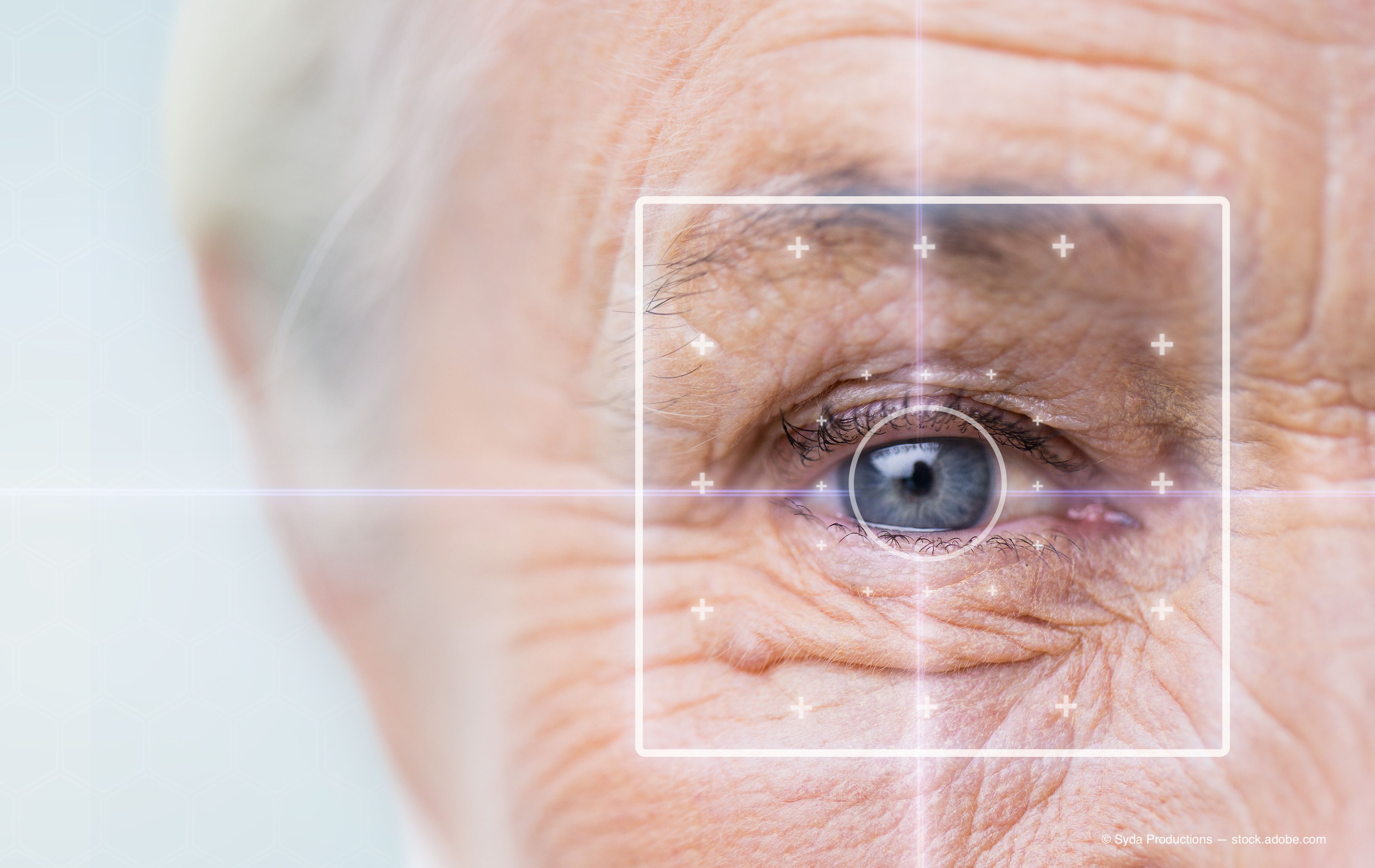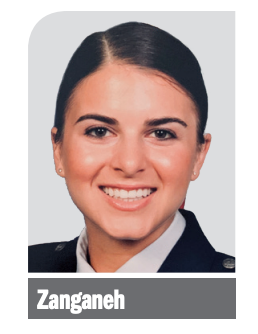Article
Eyes with ocular involvement from SJS/TEN mandate acute and chronic care
Author(s):
Patients are at risk for developing severe dry eye and ocular surface disease.


Reviewed by Tatiana S. Zanganeh, MD
Results from a retrospective study of patients treated with amniotic membrane transplantation (AMT) for Stevens-Johnson Syndrome/toxic epidermal necrolysis (SJS/TEN) highlight the risk for long-term ocular complications and the need for ongoing management.
Reviewing outcomes in a series of patients who underwent AMT during the acute phase of SJS/TEN, the investigators found that ocular surface structures were often affected by chronic sequelae that led to dry eye disease (DED) as a common complication.
Related: Studying 10 years of dry eye disease flares
“AMT over the ocular surface for the treatment of ocular involvement in the acute phase of SJS/TEN was first described in 2002. Since then, it has become the gold standard, and there have been many efforts to intervene early and aggressively with AMT. However, management of chronic ocular sequelae is just as paramount because these patients are at risk for developing severe dry eye and ocular surface disease,” according to Tatiana S. Zanganeh, MD, a third-year ophthalmology resident at San Antonio Uniformed Services Health Education Consortium, Joint Base San Antonio-Fort Sam Houston, Texas, and a captain in the United States Air Force.
“This management should be done by a cornea or DED specialist who has extensive knowledge of the available treatment options that include aggressive lubrication, topical or oral anti-inflammatory agents, serum tears, scleral contact lenses, or, if the condition is severe enough, total penetrating keratoplasty,” she added.
Outcomes using ocular AMT in the acute treatment of patients with SJS and TEN were evaluated by identifying patients with a histopathologically confirmed diagnosis admitted to Brooke Army Medical Center at Fort Sam Houston between January 2006 and January 2020.
Of 112 patients admitted with SJS/TEN, 52 patients (102 eyes) were treated with ocular AMT. Management also included hourly topical lubricants, frequent topical corticosteroids, and antibiotics as clinically indicated.
Related: Where to start with treating OSD patients
Median time to AMT following onset of symptoms was 5 days (range, 3 to 6 days), and additional AMT was required for treatment of 64% of the eyes.
Follow-up of longer than 2 months from the date of initial AMT was available for 39 eyes of 20 patients.
Within the latter subgroup, TEN was the diagnosis for 17 patients, 2 were diagnosed with SJS, and 1 with SJS/TEN overlap. The 2 most common agents inciting the condition were antibiotics (n = 8) and antiepileptics (n = 8).
Visual acuity results at last visit for the eyes with chronic follow-up showed that 29 achieved BCVA of 20/40 or better. BCVA ranged between 20/40 and greater than 20/200 in 5 eyes and was 20/200 or worse in the remaining 5 eyes.
Related: Treatment option for dry eye secondary to graft-vs-host disease
Complications involving the cornea and eyelid margin were seen in the majority of eyes at last follow-up.
There was a statistically significant reduction in the number of eyes with conjunctival involvement, although conjunctival complications were present in 14 eyes.
All eyes had involvement of eyelid skin at presentation compared with just 2 eyes at last follow-up.
Cornea complications at last follow-up included punctate epithelial erosions or epithelial defect, conjunctivalization, and corneal scar, and some eyes required penetrating keratoplasty.
Conjunctival complications included punctate staining and scarring. Eyelid margin complications included forniceal shortening and meibomian gland dysfunction or trichiasis. Eyelid skin was normal in most patients, but some had mild scarring or lagophthalmos.
Related: The MGD patient journey: maintenance over time
“No patients developed lagophthalmos, perhaps because eyelid skin sloughing was not deep enough to cause cicatrization that would result in lagophthalmos,” Zanganeh said.
Dry eye etiology
A review of the chronic complications indicated factors contributing to the development of chronic DED in patients with SJS/TEN.
They include aqueous tear deficiency from lacrimal gland scarring leading to aqueous tear deficiency, decreased wettability of the corneal surface due to persistent punctate epithelial erosions or other corneal epithelial defects from limbal stem cell deficiency, and tear film instability arising from increased evaporative tear loss related to the destruction of mucin-producing conjunctival goblet cells and meibomian gland scarring.
Covering the entire area of involvement
Zanganeh also described an approach for extending coverage of the involved tissues with AM.
Rather than using the self-retained cryopreserved amniotic membrane (Prokera; Biotissue) that only covers the cornea and perilimbal surface of the eye, a larger sheet of AM is used that can overlap the bulbar, palpebral, and forniceal conjunctiva as well as the eyelid margin.
Related:OSD improvement in eyes implanted with trabecular meshwork bypass stents
The sheet of AM is secured to the eyelid skin with bolstered sutures and then accordion-folded into the forniceal spaces with a customizable symblepharon ring that is fashioned from sterile intravenous tubing.
Then, the sheet is draped over the entire ocular surface, folded into the opposite forniceal space, and draped over the opposite lid margin before it is secured to the eyelid skin.
“Originally, the procedure was done in the operating room with sedation, and it also resulted in suture trauma to the eyelid skin,” Zanganeh concluded. “The technique has evolved, and the procedure can now be performed at the bedside under topical anesthesia and using cyanoacrylate glue in lieu of sutures.”
--
Tatiana S. Zanganeh, MD
e:tasazanganeh@gmail.com
Zanganeh and her coauthors, Col Sheri L. DeMartelaere, MC, USA, and Col (Ret) Anthony J. Johnson, MC, USA, have no relevant financial interests to disclose.
Newsletter
Don’t miss out—get Ophthalmology Times updates on the latest clinical advancements and expert interviews, straight to your inbox.




